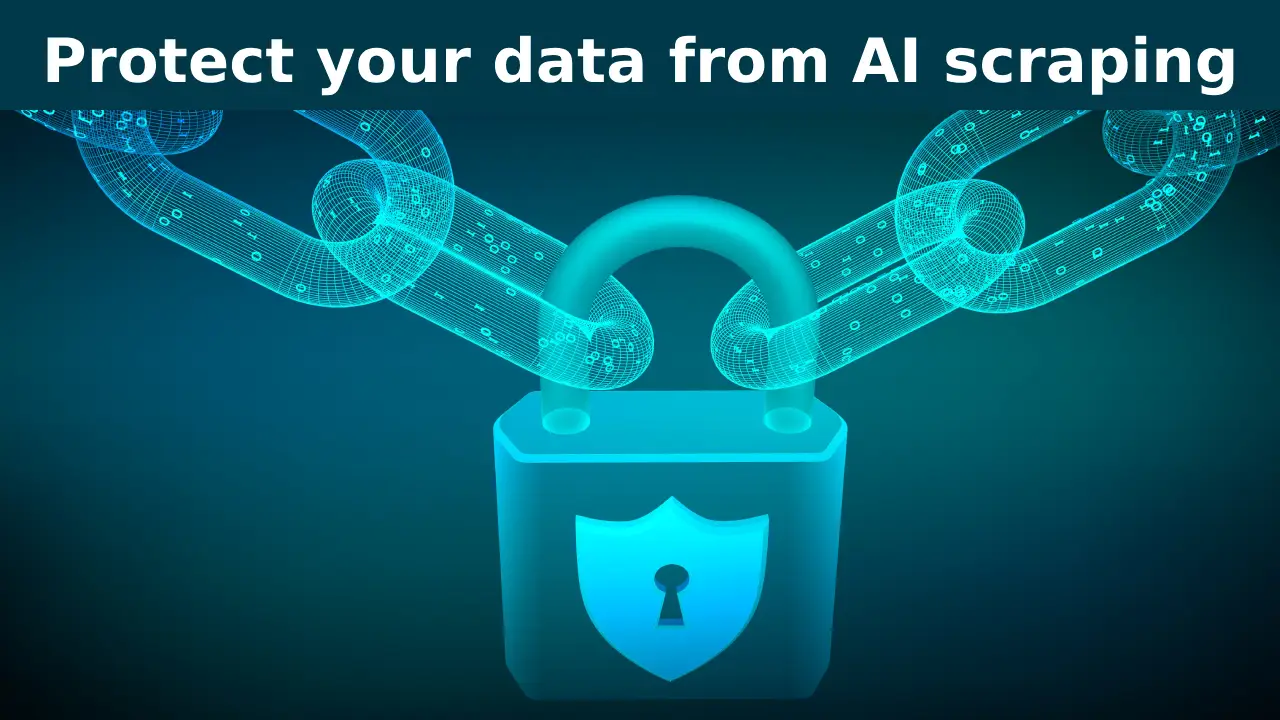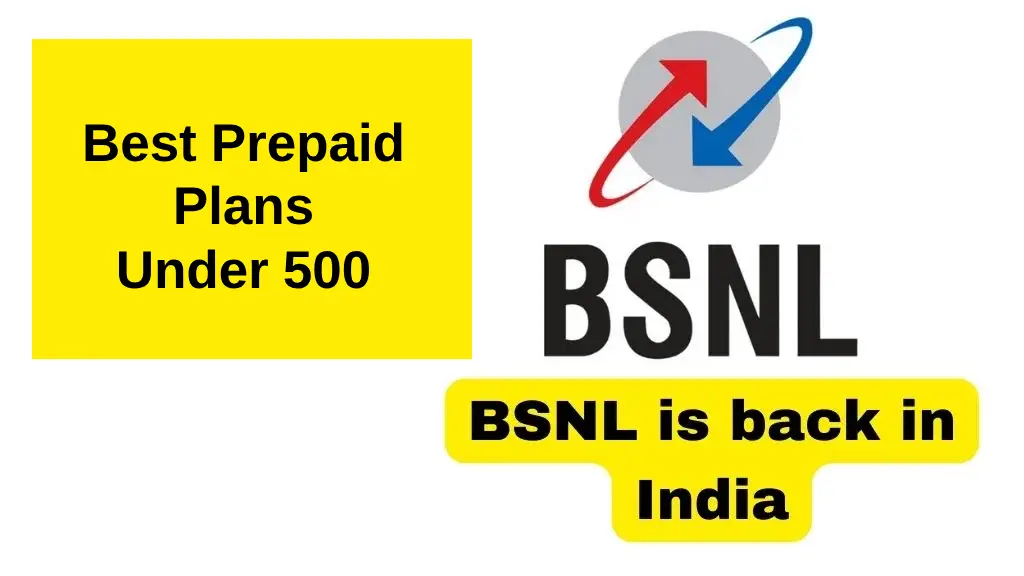How to protect your data from AI scraping – Even though it has fundamentally changed our relationship with technology, artificial intelligence (AI) has also posed new risks to personal and business information. One of the main challenges of this age is AI scraping, automated bots harvesting data from social media, websites, and any available online platform. Some scraping is innocent, but others can be invasive and lead to breaches of security, theft of information, and even cyber attacks. In the quest to maintain your digital privacy, safeguarding it from AI scraping is fundamental. In this post, you will learn useful tips that you can adopt to protect yourself against AI web scrapers.
Table of Contents
AI Scraping Definition
AI scraping is the use of software bots with machine learning features to gather data from the internet. Bots are able to collect data from a plethora of sources such as LinkedIn, social media, websites, and even some protected sources. This type of scraping is often deployed for a variety of purposes including:
- Marketing: Businesses implement AI systems to analyze user preferences and track their online activities.
- Competitor analysis: Companies scrape their competitor’s websites for pricing, products, and general market information.
- Cyber security: Phishing scams and identity theft schemes make use of AI scraping for personal information which can later be sold in the black market.
Use of scraped data improves the performance of AI systems, especially in the case of large language models (LLMs).
While AI scraping can have positive impacts, the unauthorized collection of information can pose risks for ethics and security. Therefore, measures have to be put in place to protect data.
How To Protect Your Data From AI Scraping
Update Privacy Preferences
Most platforms give users the option to determine how their data can be shared. Here’s some advice on how you can alter privacy settings to your advantage:
- Social Media: Limit access to your profile by setting posts, friend lists, and bio to private.
- Search Engine: Block indexing from search engines, via “Robots.txt” or through Google/Bing account settings.
- Website Information: If you own a website, make sure that you have configured it to conceal sensitive information.
CAPTCHA and Other Anti-Bot Methods
Automated scrapers constitute the majority of AI scrapers, therefore placing challenges such as CAPTCHA stops multiple bots. You may want to try some of these solutions:
- Google’s reCAPTCHA: Restricts an automated bot from gaining access to protected content on other pages.
- hCaptcha: A Google-free alternative to CAPTCHA.
- Cloudflare Bot Management: Blocks bot traffic that’s identified as suspicious.
Apply Robots.txt File and Extensions
AI scalpers can be prevented from some parts of your website with the help of robots.txt file. Below is an example of a robots.txt layout that stops scripers from taking information:

User-agent: *
Disallow: /private-data/
Disallow: /user-profiles/
Also, web crawlers can be stopped from accessing certain pages with the use of certain meta tags like .
Data Water marking
Adding watermarks help most people and businesses who wish to share images, videos and other media make AI scraping more difficult. AI cannot make use of watermarked content without attributing the watermark, making it AI proof.
- For instance, Brand or copyright information can be embedded into the image.
- The use of image meta data can also allow tracking of the image for watermark purposes.
Scraping Activity Monitoring And Detection
Make a point of checking your website and data collection sources for undue changes from time to time. Here are some useful checking methods:
- Log Analyses: Analyze website visits and determine if there is abnormal traffic originating from specific IPs.
- Moderation of rate: Restrict the number of requests one is able to make within a specified period of time.
- Scraper detection: Identify known scrapers through their user-agent strings and block them.
Protect Confidential Information With Code
Encrypting sensitive data can be a strong line of defense, especially since AI scrappers tend to go for unprotected data. Use the following:
- Communication between the user and the server will be done in a protected way.
- HTTPS Protocols: the use of HTTPS. Information that is transmitted and stored is encrypted. End to end encryptions.
- Obfuscation Techniques: Conceal important details with data masking techniques.
Set Up Access Permissions
Limit access to sensitive information to authorized personnel only. This can be accomplished in the following ways:
- Authentication & Authorization: Implement strong identity verification techniques, such as multi-factor authentication (MFA).
- IP Address Whitelisting: Limit access to sensitive information to a certain list of trusted IP addresses.
- Token-Based Session Validation: Use OAuth tokens to validate user sessions.
Turn Off Unused API Interface
APIs are a common target for AI scrapers. To mitigate these risks:
Require API Key Authentication: Authenticate requests prior to processing them.
Implement Rate Limit Restrictions: Limit the number of API calls allowed from a single user.
Use Web Application Firewalls (WAFs): Defend against bots.
Sue the Scrapers
If AI scrapers abuse your website or data, then consider using some legal methods like:
Sending Cease-and-Desist Letters: Back Repeatedly scraping without permission – they will suffer legal reprimands.
Enforcing Terms of Service: Make it clear at your website’s TOS that scraping is Solicited.
DMCA Take Down Notices: Remove scraped content from output sources.
Follow the Changes in AI and Cybersecurity Trends
With the emergence of new AI-powered technologies, some areas like scraping techniques, new cybersecurity tools, and even laws such as CCPA and GDPR mandatory require one to stay current if they want to AI threats to not escalate.
protect your data from AI scraping
Undoubtedly, AI scraping poses an extremely high risk towards almost every piece of sensitive business and personal information but the chances of this happening can be almost fully negated by ensuring the strongest security measures possible are in place. Changing privacy preferences, implementing CAPTCHA tools, encrypting sensitive data, and traffic pattern analysis all serve to protect the data. In addition, developing an AI tolerance strategy based on current and prospective data protection legislation allows one to proactively counter threats.
travel gadgets in 2025 How to Create Tools Website How to Add Floating Social Buttons in Generatepress Theme pwa How to edit photos without install app How to Create WordPress Website






